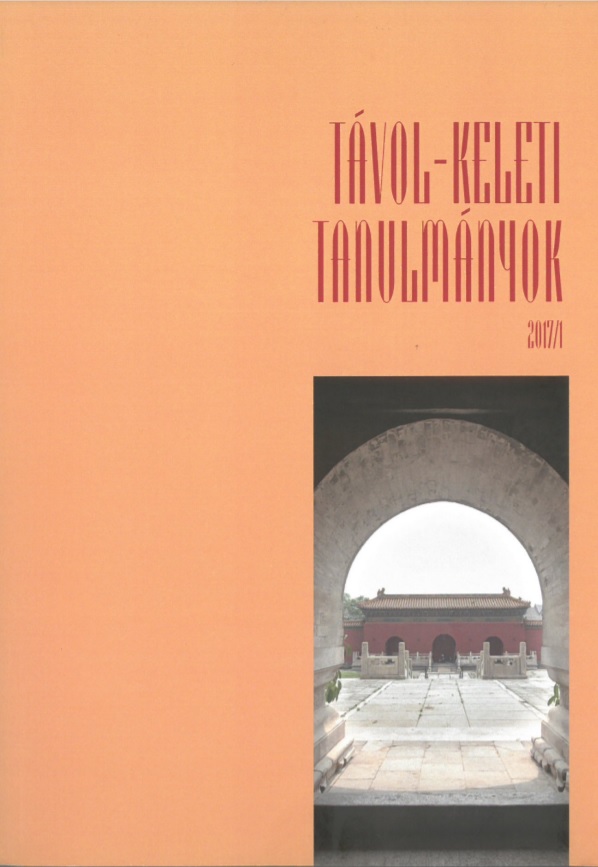Könyvtári, kolostori és múzeumi kutatómunka Mongóliában: Yamāntaka kultusza és meditációs alapszövege
Megjelent 2018-03-01
Hogyan kell idézni
Copyright (c) 2018 a szerző(k)

This work is licensed under a Creative Commons Attribution-NonCommercial 4.0 International License.
Absztrakt
The present article introduces a research work executed from 2014 to 2015 in Mongolia in order to reveal the cult and current practices of Yamāntaka or Vajrabhairava, one of the main tutelary deities of the Tibetan Gelug School. The article offers a Hungarian translation of the main visualization text of its Solitary Hero form [Dpal rdo rje ʻjigs byed dpaʼ gcig gi mngon rtogs bsgom bzlas mdor bsdus bzhugs so, ‘Summary of the Visualisation and Mantra Recitation Practices of the Solitary-Hero Vajrabhairava’]. This text was written by Ngawang Lobsang Chöden in Tibetan (1642–1714) and became very popular in Mongolia. As Vajrabhairava is one of the major tutelary deities of Gelug monasteries, his texts are read at every ceremony related to the wrathful protectors as well, and being an extremely powerful tutelary deity, helps meditating monks and other practitioners to enter the path leading to enlightenment.
